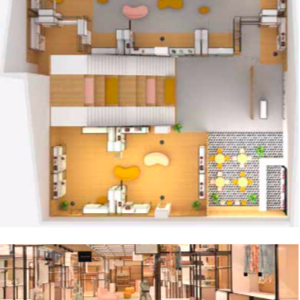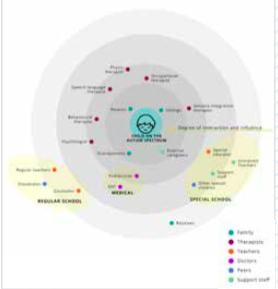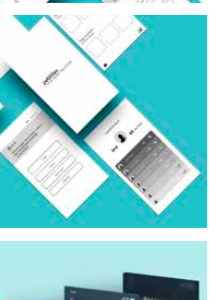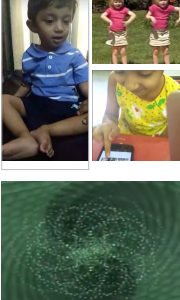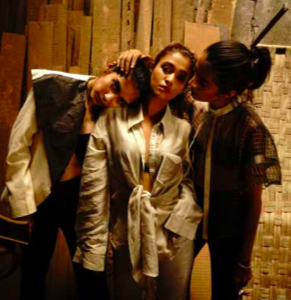Thesis Statement:
Implementing blockchain to create a digital identity for farmers and to profile them through several lenses, bridging the data gap between the ground reality and stakeholders such as the bank and government.
 Blockchain, the technology powering bitcoin has taken the world by a whirlwind. However, cryptocurrency is just the tip of the iceberg. The technology is predicted to touch if not revolutionize every industry and sector, enabling solutions which were thought to be impossible. But is this technology more hype than value? Blockchain at its core is a trust accelerator that brings transparency, traceability and efficiency to a given system. This allows for accountability of the various stakeholders involved and immutability of data which simply means it is tamper resistant. “If all you have is a hammer, everything looks like a nail”- Abraham Maslow.
Blockchain, the technology powering bitcoin has taken the world by a whirlwind. However, cryptocurrency is just the tip of the iceberg. The technology is predicted to touch if not revolutionize every industry and sector, enabling solutions which were thought to be impossible. But is this technology more hype than value? Blockchain at its core is a trust accelerator that brings transparency, traceability and efficiency to a given system. This allows for accountability of the various stakeholders involved and immutability of data which simply means it is tamper resistant. “If all you have is a hammer, everything looks like a nail”- Abraham Maslow.
My approach isn’t to apply blockchain mindlessly but to make a completely well-informed decision on the same.
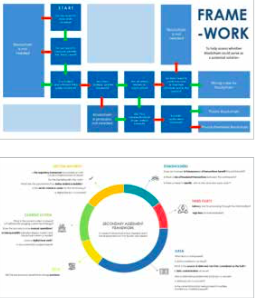 To humanise the technology, look beyond the jargon and hype that surrounds it and understand its potential and limitations. With thorough understanding, my team and I built a primary and secondary assessment framework which helps to identify whether the problem in question makes a strong use case for blockchain and whether it truly needs it.
To humanise the technology, look beyond the jargon and hype that surrounds it and understand its potential and limitations. With thorough understanding, my team and I built a primary and secondary assessment framework which helps to identify whether the problem in question makes a strong use case for blockchain and whether it truly needs it.
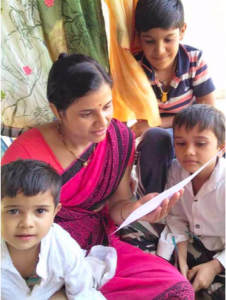 A deep dive into the agriculture sector revealed several inefficiencies in the processes, the root cause of all being inaccurate data on the farmer. Each stakeholder has their own vested interest when recording or submitting this wrong data, unaware of its impact in the bigger scheme of things. These inaccuracies have its effect on each stakeholder at every level: be it input dealers, the banks when sanctioning loans or even the government when formulating policies and determining compensation.
A deep dive into the agriculture sector revealed several inefficiencies in the processes, the root cause of all being inaccurate data on the farmer. Each stakeholder has their own vested interest when recording or submitting this wrong data, unaware of its impact in the bigger scheme of things. These inaccuracies have its effect on each stakeholder at every level: be it input dealers, the banks when sanctioning loans or even the government when formulating policies and determining compensation.
All of this in turn impacts the farmer. Thus, my thesis aims at the collection of accurate data and its analysis so as to generate value for all the stakeholders in the ecosystem.



